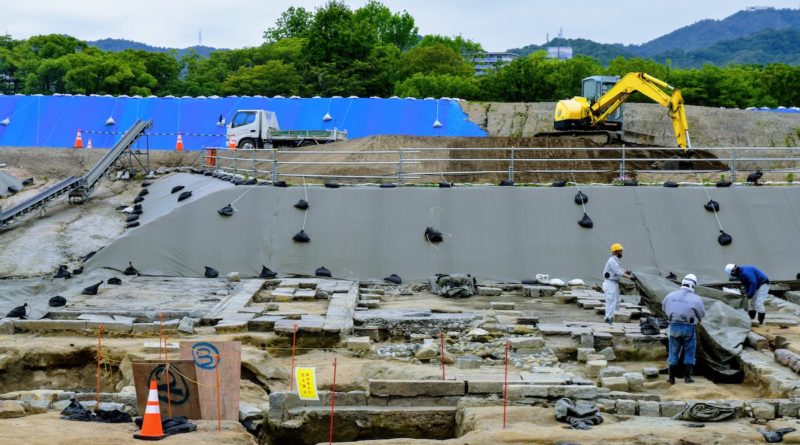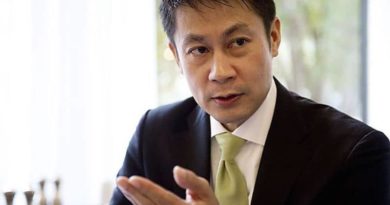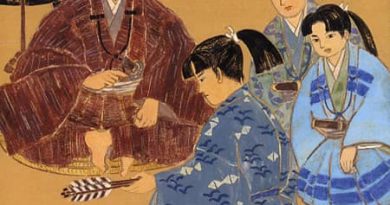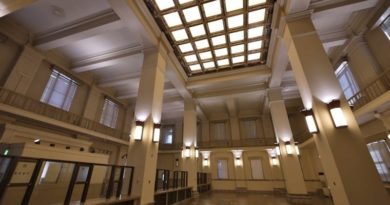Hiroshima A-bomb Ruins Discovered on Stadium Site
The largest excavation of Hiroshima A-bomb ruins to date is currently underway after they were exposed during preparations for building a new soccer stadium, 76 years after the A-bomb attack.

The largest excavation of remains from the 1945 A-bombing of Hiroshima to date is currently underway after substantial ruins were unearthed on the site of the former Chuo Park during preparations for the construction of Hiroshima’s new soccer stadium.
The unearthed ruins cover an area of 14,000 square meters and are from some of around 30 facilities of the 5th Platoon of the Japanese Imperial Army Chugoku Military District Transportation Corps which occupied an area that extended from what used to Chuo Park’s grassy knoll (the excavation site), south to where the Family Pool outdoor swimming pool is currently located.
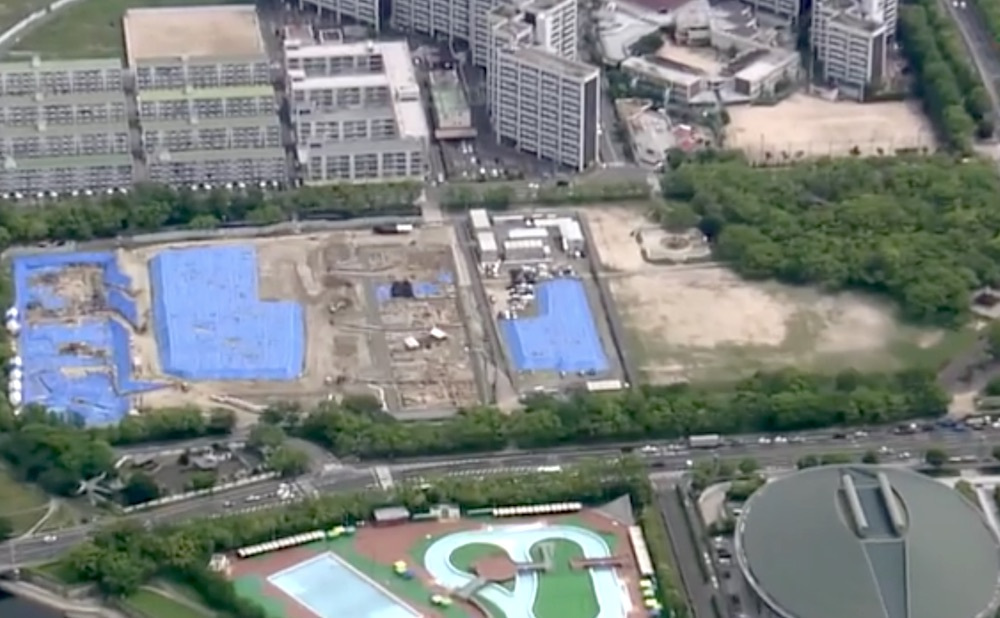
Hiroshima City government began investigating the site in October last year, after investigation of aerial reconnaissance photos taken by the U.S. military before the bombing suggested that the existence of A-bomb ruins was highly likely. Excavation began to ensure that any significant remains that might exist were not lost during construction and has unearthed building foundations, cobblestones and waterways on the site.
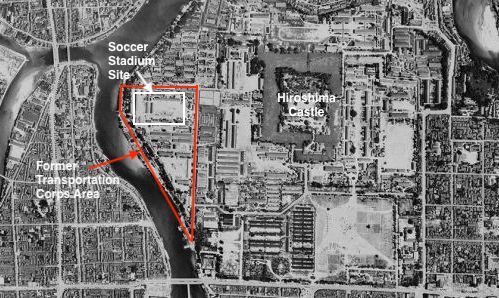
It is estimated that 423 of the approximately 1000 people thought to be on the grounds were killed in the A-bomb attack, many of whom’s remains have never been found.
One A-bomb survivor, who was 11 at the time of the A-bombing, told Chugoku Shinbun that they visited the site after the war ended to try to find their father’s remains, but in vain. They collected some random bones found by the riverside to put in his grave. The conjecture that the remains of many other soldiers remain on the site.
Tasked with the transport and supply of military supplies and munitions, a large number of military horses were also stabled on the site. It is believed that the discovered remains are of these stables, which accommodated around up 2000 horses during wartime. Officials conjecture that the remains have remained undiscovered for so long as temporary housing to accommodate people who had lost their homes was hastily constructed on the site soon after the bombing.
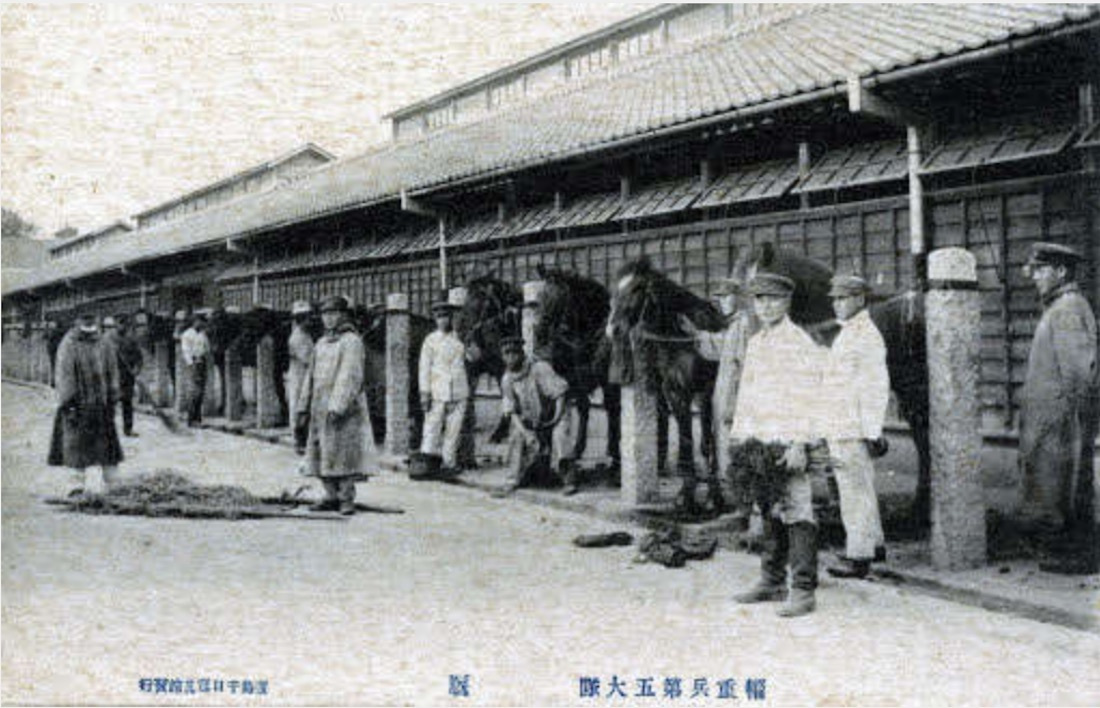

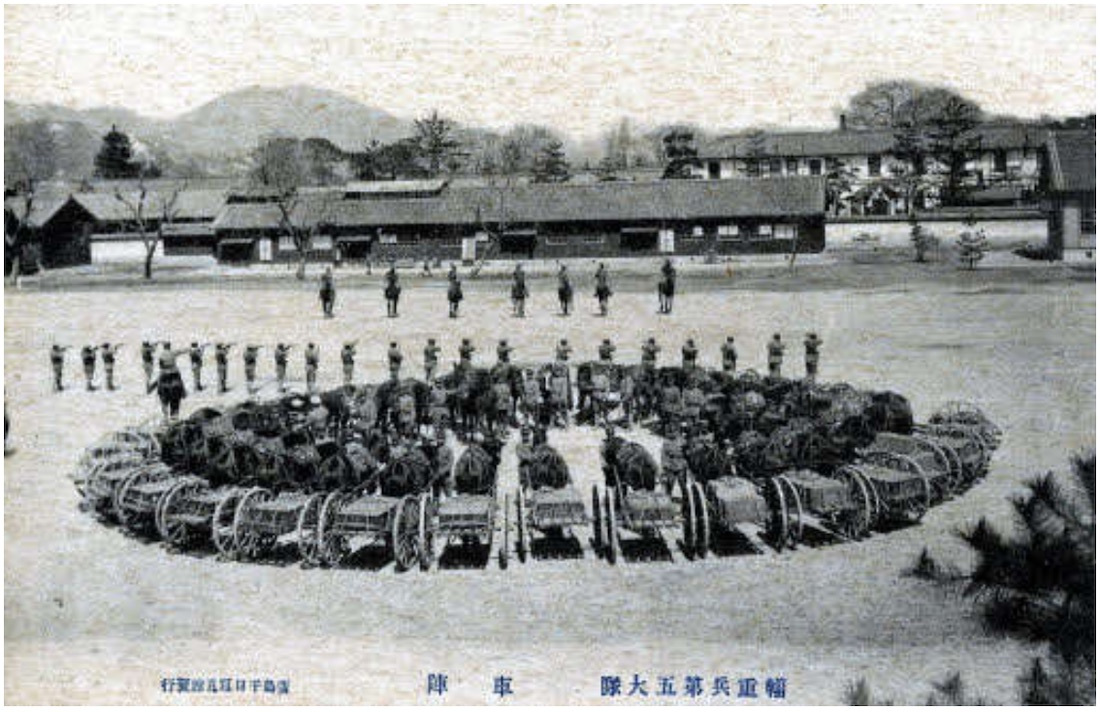
On a side note, across the road from the excavation site, at the east end of Sorasaya Bridge, on the corner of the Family Pool fence, is a memorial stone dedicated to military horses . It actually predates the A-bombing, and was moved to its current location in 1982 by the Transport Corps’ Comrade in Arms Association. You may be able to recognize the characters for horse [馬] and monument [碑].
Hiroshima City government is reported to have planned to open the site to press, but is has put that off due to concerns about the spread of COVID-19, but some are frustrated by the lack of information being shared about the state of the excavation and the finds that have been made.
The excavation is expected to continue until March 2022, but Hiroshima City government says that they do not believe it will prevent construction of the soccer stadium from going ahead as scheduled. The new soccer stadium which will seat 30,000 people is planned to be completed in 2024.

June 19, 2021
Sources: Chugoku Shinbun | Chugoku Shinbun (Hiroshima Peace Media Center) | NTV News 24 (English video segment)


